Amarok V6 TDi: All about the oomph
/The Amarok V6 in its least expensive format isn’t without blemishes but delivers captivating core appeal.
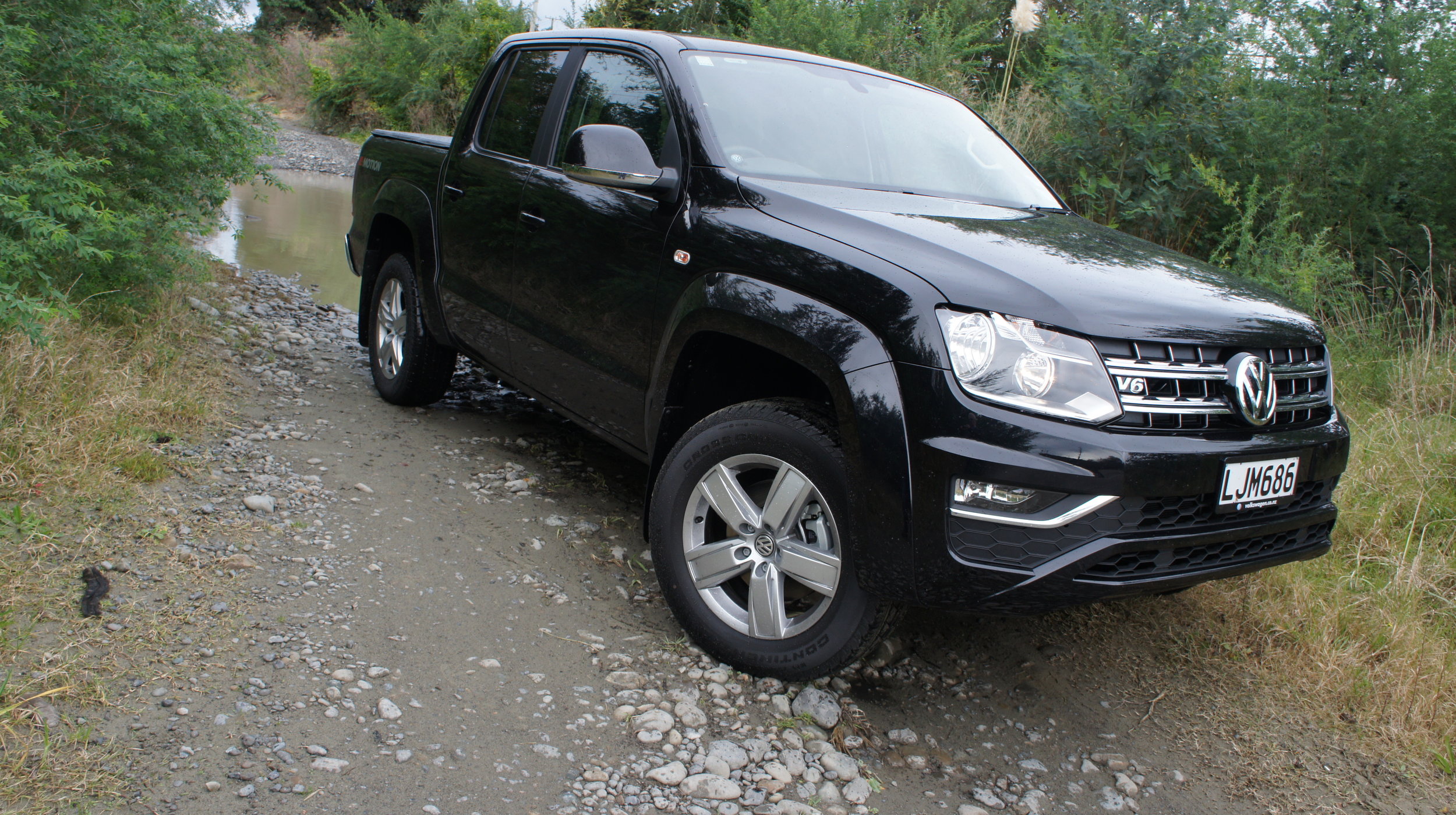
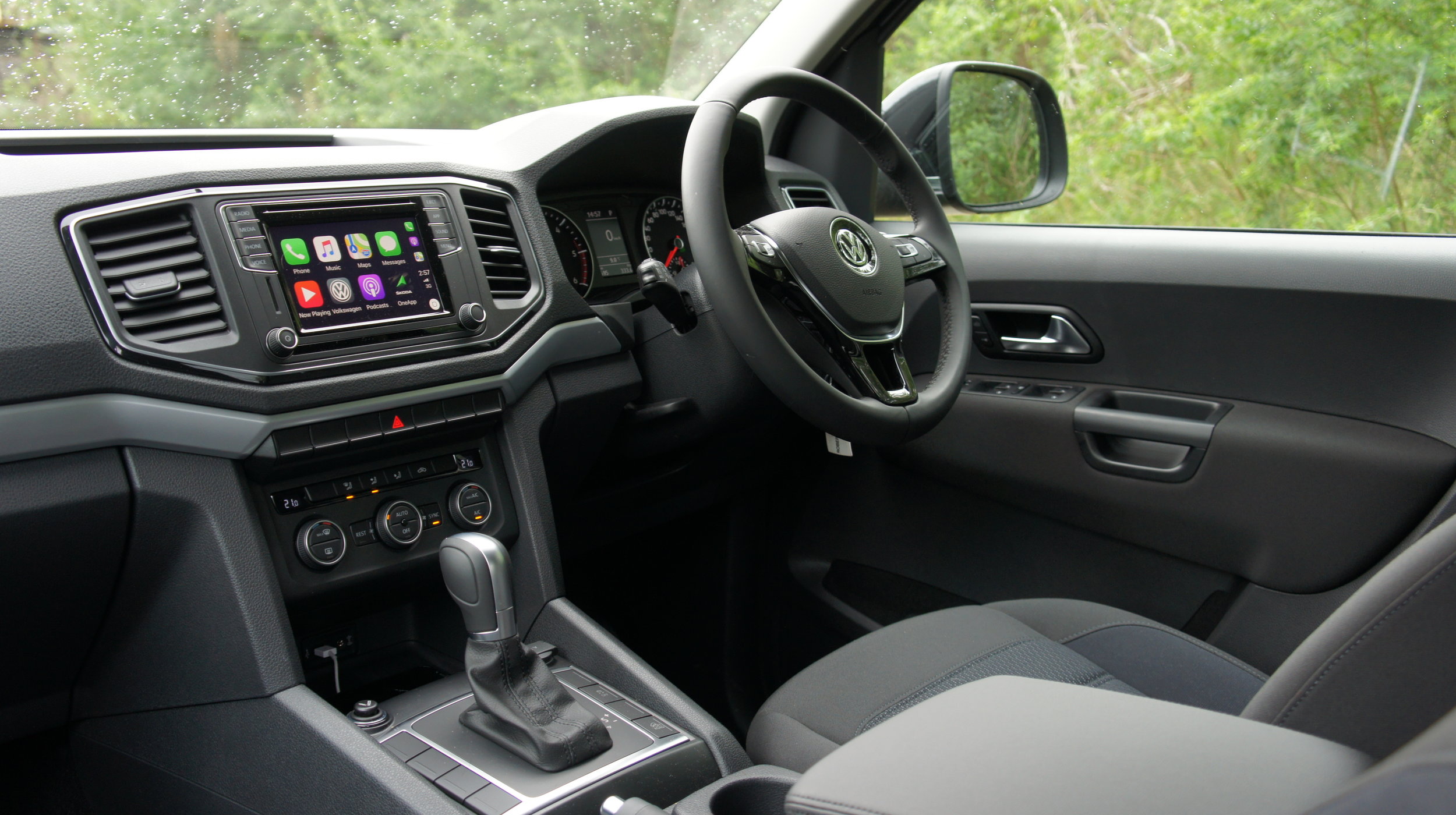
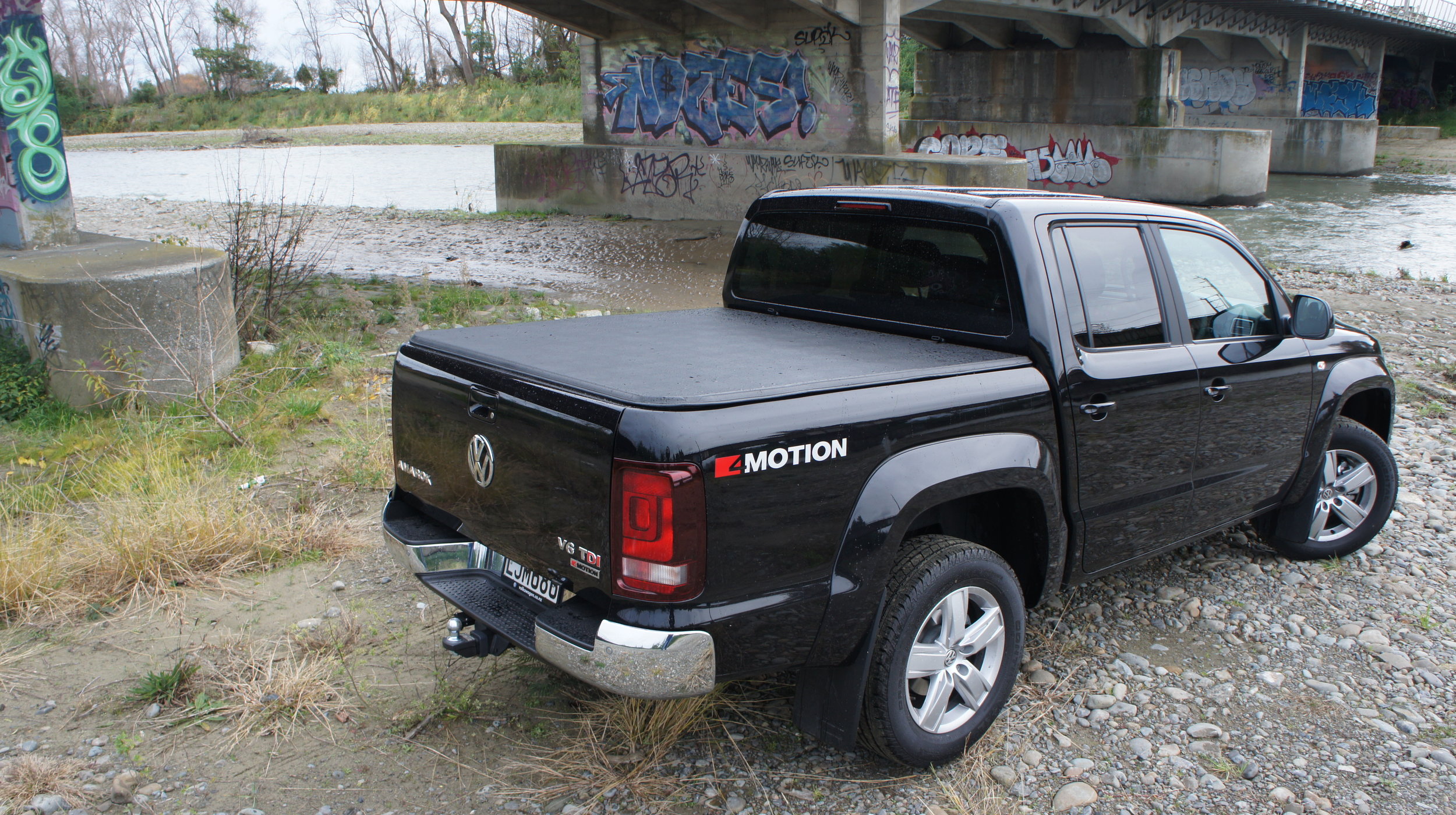
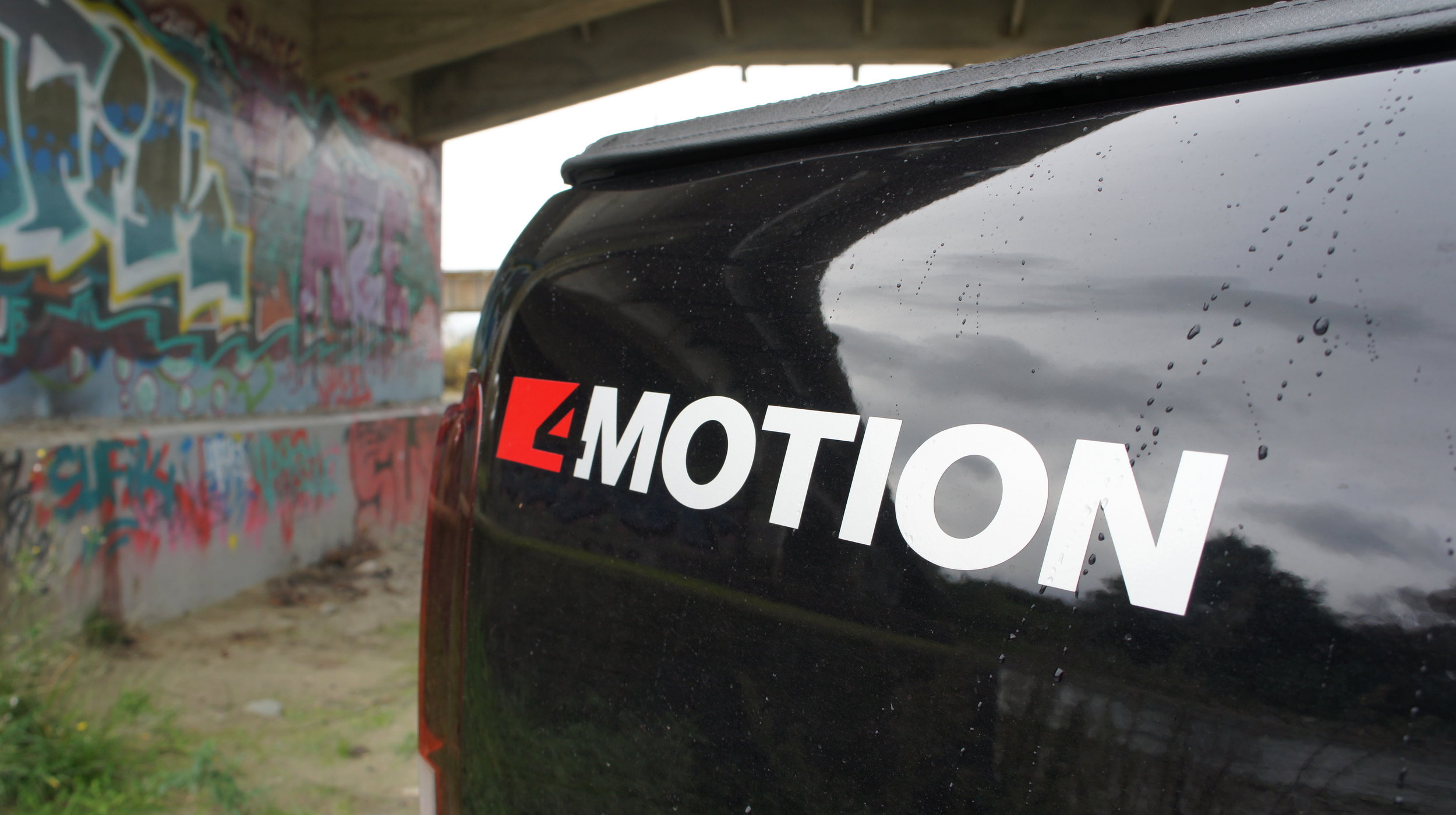
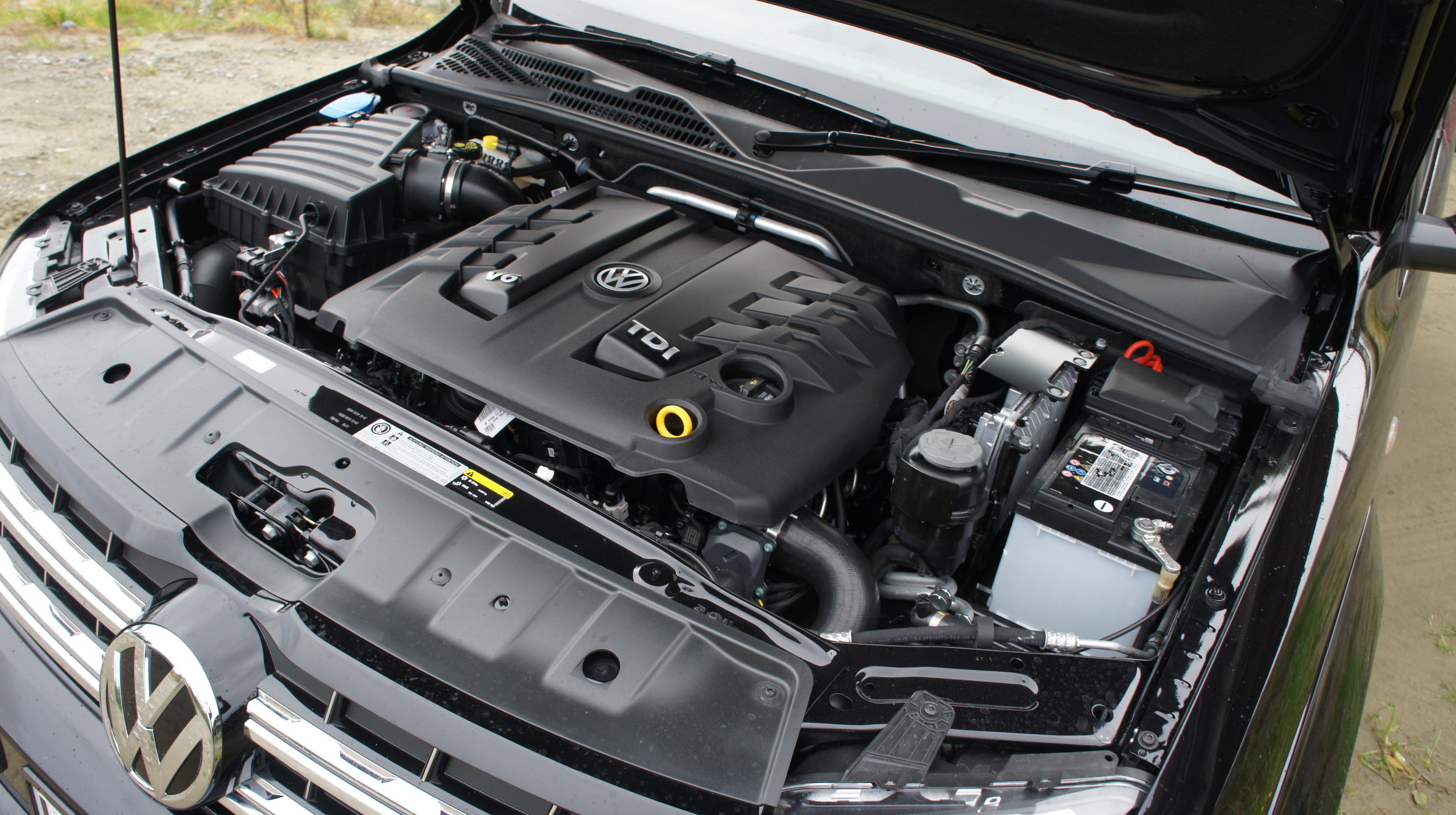
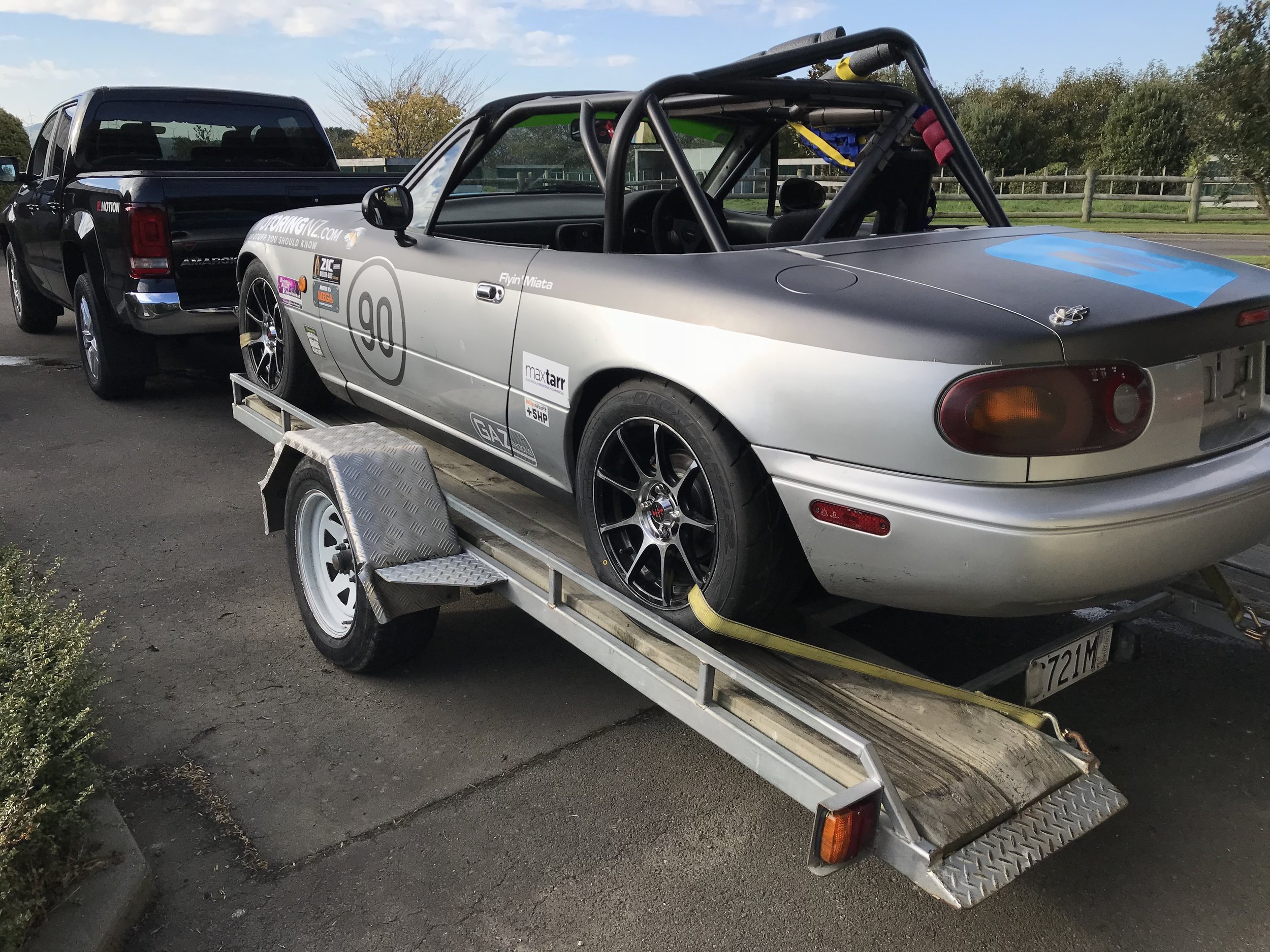
SO, it’s a stunning summer’s day – warm, not a cloud in the sky and yet … suddenly, you feel rain: What the heck?
That’s a bit like the unfolding scenario for Volkswagen with the V6 Amarok. Just at the moment, the choice for those seeking a six-cylinder turbodiesel utility with constant four-wheel-drive has been no choice at all: It’s just this vehicle or nothing.
From reading sales stats for the uber-Rok suggests ‘nothing’ isn’t an option. Utes are riding high within the general craze for all kinds of vehicles with elevated ride heights, macho looks and real – or perceived – all terrain ability. High-end traydecks are often being bought for recreational and family use, their attraction enhanced by this being a win all the way on (often-discounted) buy-in, the fringe benefit rebate and the tasty attraction of one-tonners commanding super residual value at trade-in. Why wouldn’t you?
Moreover, if you’re going to commit, why not go all the way? That’s the logic stream surely driving demand for high-end models and explaining why the V6 powertrain is already now favoured by seven in every 10 Amarok buyers.
Can anything rain on VW’s progress? Well, you likely know the answer. Two German brands are big enough to develop a full range of commercial vehicles alongside their cars. The second is in the ute market now, but gets far more serious in December.
It was fortuitous that, almost straight after driving the cheapest of the 165kW/550Nm doublecab 4Motion Amaroks, the $69,990 TDi, I was in Slovenia to sample its nemesis: the Mercedes Benz X350d.
Even though it is slightly more upmarket and potentially will carry a higher premium, there’s no doubt that a six-cylinder Nis-cedes with the entire drivetrain – engine, transmission and drive components to all four wheels – from the GLE sports utility is small threat to Amarok. Customers will feel compelled to cross-shop simply to get a grasp about what the alternate team is offering.
Wolfsburg is clearly relishing the stoush. You’ll know that, by the time the V6 X-Class arrives in December, a pepped edition of the Amarok engine will be available.
Claimed outputs of 190kW of power and 580Nm of torque will allow VW to maintain its best-torque-in-class bragging rights over the Mercedes (the current unit putting out 165kW - with 180kW on overboost – and 550Nm, while the X350d has 190kW and 550Nm).
How many Amarok editions will get the new mill beyond the flagship Aventura? What premium will it command? And, of course, what price will Benz ask for its own rig? These are questions that to date have yet to be answered.
I think a X-Class versus Amarok showdown will be fascinating; aside from the engines, my own experience is that the models are very similar in their driving attitude, comfort and load-carrying abilities. It’s interesting, for instance, that like VW, Mercedes felt a need to provision a wellside deck that is purposed shaped to accept something most Japanese models (the Navara included) cannot cope with: A full-sized pallet. Towing is one area where the Benz gets ahead: Whereas the X-Class is rated for 3500kg braked loads, the VW is pinned back to 3000kg.
The Amarok I’ve been driving might not be the sole variant that doesn’t come under direct fire from Benz, simply because the V6 X-Class provisions in higher levels of specification, across two variants. So, it’s reasonable to assume that Benz’s mid-level Progressive and top-line Power will go up against the $76k Highline and $85,990 Aventura.
That driving Amarok as it is now is still a good experience says much about the integrity of the design, given it’s a hardly a new model any more, with almost eight years’ local duty having been clocked up.
Utes have longer lifespans than cars, yet rule of thumb suggests this one should be renewed by 2021 at the latest.
Conceivably, then, the styling (slightly bolder face, the long-overdue sat nav introduction) and engineering refit it received last year when the V6 introduced and any other changes coming with the impending power and torque lift might be its final revision of note.
When it arrived, this model revised double cab perception through delivering a car-like cabin and a car-like ride. Newer rival models have followed VW’s lead in the first instance – in fact, you’d have to say the Amarok cabin’s ambience and design, inside and out, is looking a bit tired now when measured against a Ranger, Hilux and Colorado.
But none, until X-Class, have been able to match the ride quality.
The V6 drivetrain, in current form, also rates well. The engine is just so smooth and torque-rich and the eight-speed auto is as good as it gets. And grunty? Volkswagen’s claim of a 0-100kmh sprint of 7.9-seconds is just half a second shy of the previous gen Porsche Cayenne Diesel. Not bad for a ute!
With peak power available at 3000rpm all the torque on board from just 1500rpm, it was the perfect choice to tow my trailered race car to a local meeting. The engine was barely less relaxed with this 1600kg load on the hook – plus a pile of gear in the tray (no compunction doing this, as it is one of the few utes with a spray-on bedliner) - than when it had been running utterly unladen.
On the flat, the note hardly changed and if the rev counter needle was a seismograph, then it would have registered about three on the Richter Scale. Keeping it at 90kmh was a bit of a challenge, in reality, because it was all too easy to find yourself running above the open road limit for towing. You certainly cannot hear the difference from the engine when it sneaks into the red; the better giveaway is the very slight sensation that transmits from it changing out of seventh gear into eighth as it settles into what is perhaps a more natural pace.
Hitting the hills – and there’s a big one heading up to my home – got it working harder, but only momentarily, because once snicked back into third gear I simply gave it a bit more throttle and it engaged that torque-enhancing overboost function. You only get 10 seconds of all this bonus oomph, but that was easily time enough to take me through the steepest part of the ascent; I was lifting off before the summit, in fact, to keep the speed down to a sensible pace while cruising past my neighbours’.
It’s an engine you just cannot help but like. It’s just always utterly confidence-inspiring. Even economy didn’t seem so bad, with an average of 9.8 litres per 100km from a week’s use. The one downside is the lack of a hearty exhaust note.
Also great to have onboard is the 4Motion all-wheel drive system. Once you’ve driven a ute with all four wheels offering traction, it’s hard to reconcile why so many other ‘4x4’ offers have to relegate to rear drive for on-seal operation. VW’s system has a perfectly natural feel, in offering a standard 60 percent rear drive bias and superb flexibility on top. It can adjust anywhere from 80 percent under high acceleration loads to 40 percent for off-road work. If things become truly icky-tricky, just engage the rear differential lock. Though off-roading wasn’t part of this test, past experience relays that the lack of a specific low-range drive doesn’t hurt its progress, either.
Despite its size, the Amarok still feels more like an SUV than a truck to drive. Steering is light and easy to manage, it has good manoeuvrability and the ride improves with weight, of course, but even unladen and over ruts the tester was comfortable and compliant – none of the busy jittering you have to put up with from most traydecks. It stops confidently, too, thanks to all disc braking system.
Amarok has become a bit dull to look at it; the test example’s black paint and ordinary-looking alloys definitely didn’t help it getting any second glances. Actually, those 18-inch rims almost look too small for the model, despite being shod with high side-walled 255/60 tyres.
Where it is starting to fall down, though, is in the interior, for several reasons.
VW’s inability, even now, to add more colour to the Amarok’s interior has always perplexed me; that grey-on-grey trim has never been a favourite. It just ages the car beyond its years.
The only touch of colour comes from that new 6.3-inch colour touch screen now supporting Android Auto and Apple CarPlay device projections (just one device, as there’s simply a single USB port). It’s a nice unit, if perhaps a touch small to enable confident use of the predictive touch features.
Driver comfort has never been an issue yet the new front seats are hardly a frippery; they are excellent, providing terrific comfort and support.
Yet here’s the second issue: I wonder how many family users, though, are put off by the fact that, while front occupants receive both front and side airbags, there is no curtain system for either passenger row?
A situation that is clearly beyond an retro-engineering solution means anyone sitting in the back has no airbag protection at all. Not brilliant given the V6s are so obviously geared up to lifestyle expectation and a factor buyers intending this as a default family vehicle to drive the kids around need to bear in mind.
Accommodation in the back is fair to middling and there aren’t too many convenience features beyond a flip-out twin cup-holder that looks susceptible to damage. You can fold up the rear seat base in a 60:40 split but there is no storage under the floor.
Amarok now has a multi-collision braking system that stops it from rolling forward after an impact. It’s an intriguing addition, but automated emergency braking, blind-spot detection, lane departure warning and adaptive cruise control are better features.
The sixes now also have with a standard reverse camera and front and rear sensors. The camera is situated under the tray door, and above the bumper so you get somewhat of a narrow view, but it’s still useful, hugely so when reversing up to hitch a trailer. I got it right first time, every time.
So, it’s starting to fray around the edges, this truck, yet the core appeals of it being the most car-like of one-tonne utes to drive, the all-wheel-drive advantage and having a gem of a drivetrain should carry it through.
However, with a Benz alternate now breathing down its neck, maybe the forecast is no longer for wholly sunny days.















